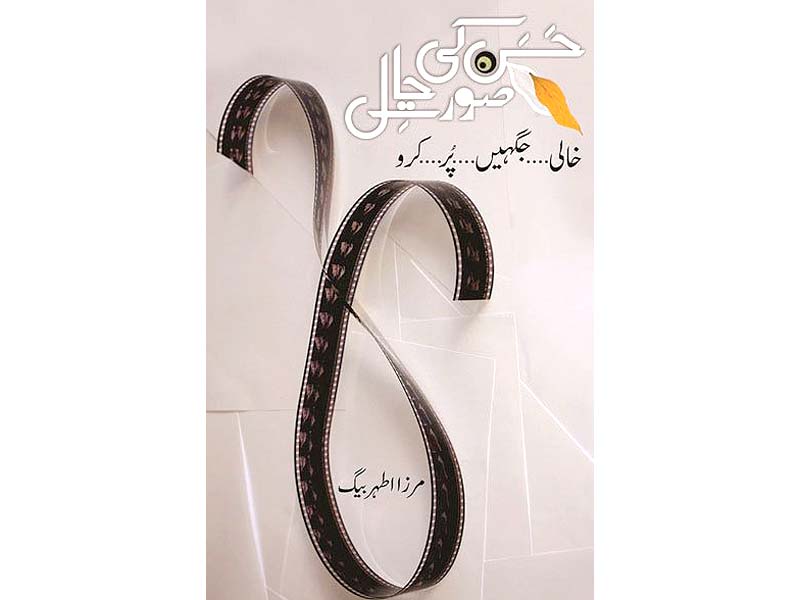
LAHORE: Now in its second edition, Mirza Athar Baig’s third novel Hasan Ki Surat-e-Haal: Khali Jaghain Pur Kero breaks through the stereotypical mould of storytelling and experiments with different narrative techniques. In Baig’s own words, he maintains narrative distance by focusing on seemingly unimportant objects – such as megaphones and wine bottles – to decentralise the human world and make space for other perspectives.
Hasan Ki Surat-e-Haal is a tale of wonder – a story of perspectives that seeks to fill in the gaps. It looks beyond the surface and draws on local imagination and creativity.
Like most of Baig’s work, this novel does not allow readers to focus on a particular character. We could argue that Hasan Haider Raza is the protagonist of this riveting tale. However, there are many layers to him that divert the reader’s attention. Hasan has a knack for improvising details about the sights and sounds that meet the eye. If he catches a glimpse of something spectacular or even peculiar, he will not hesitate to spin a yarn about it. His stories will inevitably give the object a distinct voice – a past, present and future.
Read: Book review: Go Set a Watchman - An unsettling legacy
The book is also about a film titled Yeh film nahi ban sakti [This film cannot be made] and Sawang production that is obsessed with the idea of making a surrealist movie.
Hasan’s story is skilfully interspersed with the film’s fate through a variety of narrative techniques. Baig uses screenplay writing to bring the story out of the page and into our lives.
Working on a different level, Hasan Ki Surat-e-Haal is open to multiple interpretations. However, the originality of the book lies in its spellbinding narrative laced with the wonders of language. It is written from the point of view of a ghost narrator. He or she remains an enigma throughout the story. The narrator is introduced as the Editor of Wonder and his constant intervention in the narratives adds a refreshing perspective.
Hasan Ki Surat-e-Haal marries Baig’s creative imagination with contemporary challenges. The author’s work – including his earlier novels like Ghulam Bagh and Sifer Se Ek Tak – deal with Pakistan’s most pressing issues pertaining to local expression of the self and renegotiation with one’s cultural and historical past. As a result, it provides an original perspective on contemporary matters.
This book should be read by anyone who is interested in exploring fiction that is informed by our local imagination and simultaneously engages in a dialogue with the outside world.
The writer teaches literature at GC University, Lahore and holds an honorary visiting faculty position at Beaconhouse National University, Lahore. She is currently translating Mirza Athar Baig’s collection of short stories, Be Afsana, in English
Published in The Express Tribune, September 6th, 2015.
Like Life & Style on Facebook, follow @ETLifeandStyle on Twitter for the latest in fashion, gossip and entertainment.
















































COMMENTS
Comments are moderated and generally will be posted if they are on-topic and not abusive.
For more information, please see our Comments FAQ